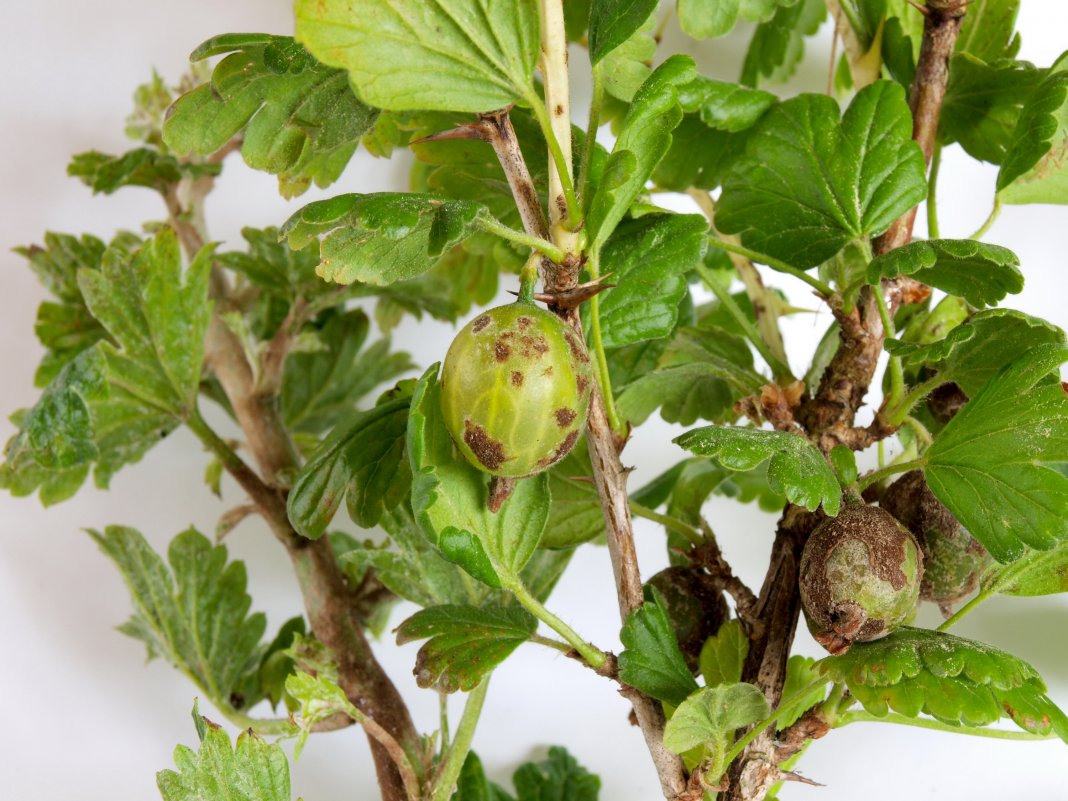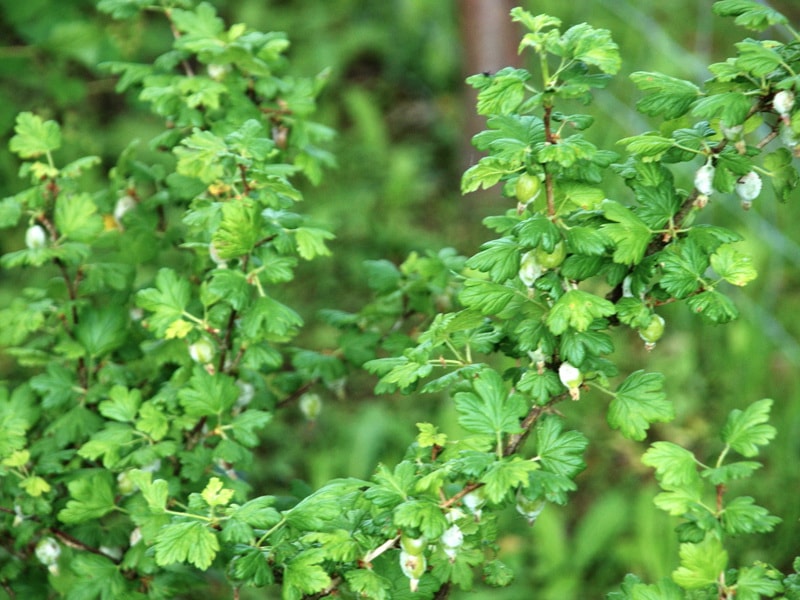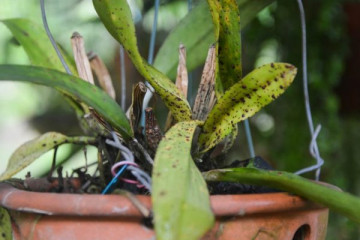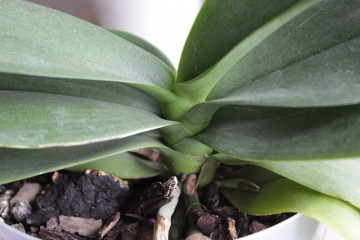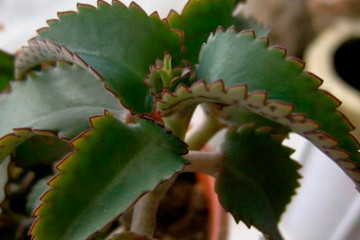Powdery mildew on gooseberries - measures to combat white bloom
Content:
Powdery mildew on gooseberries is a problem that affects every gardener. Often she is left unattended, showing herself for a single season. However, when cultivating fruit bushes, this disease should not be underestimated. There are a number of effective measures to promptly identify the disease and begin treatment.
What is powdery mildew
Powdery mildew (spheroteka) is a fungal disease that is actively spread by microscopic spores. They can be carried by birds, insects and wind masses. The disease appears on the bush for several years in a row. If in the first season this leads to a decrease in yield and shrinking of fruits, then in subsequent seasons the absence of treatment leads to a slowdown in the growth of the bush itself, and later to its death.
Fungal spores can cover flowers, ovaries, young shoots and leaves. After that, they actively begin to develop their mycelium. If at the initial stage it looks like a thin cobweb, then with subsequent development, a white bloom is observed on the gooseberry. In the process of growth, the white color is replaced by brown, covering all the affected parts of the bush with a felt cocoon.
Powdery mildew lives on a plant until that time, until it leads to its death. If the stalks are damaged by this fungus, the fruits crumble, and if the berries are damaged, they can turn white and stop their growth.
In winter, the pathogen hibernates in fallen leaves and on damaged branches, which is why, with the onset of spring, the disease intensifies with renewed vigor. At this time, a new number of spores that have matured over the winter are thrown out. The spheroteka is most dangerous at the beginning of summer, when the growing season and fruiting passes. When the gooseberry fruit is half full, the damage from powdery mildew will be significantly reduced.
Symptoms by which the disease can be recognized
Powdery mildew, like scab on gooseberries, appears on the bush at the end of flowering. At this time, young leaves and shoots may begin to turn white. The plaque that appears has a loose structure and can be easily erased from the sheet plates.
You can also suspect the disease by the following symptoms:
- Loose white mold rapidly turns into a brown felt crust.
- Damaged shoots bend, stop growing and dry out.
- The leaf plates begin to curl and acquire a fragile structure.
- The berries can become bloom, stop growing and crumble.
If gooseberry powdery mildew is suspected, control measures should be urgently started. In the absence of treatment, the bush will die for 2-3 seasons. In addition, in the process of their development, spores are carried by insects and wind, affecting an increasing number of crops.
Powdery mildew control measures
Despite the complexity of this disease, gooseberries can be saved using an integrated approach.
Agrotechnical techniques
Agricultural technology is effective in the early stages of the development of the sphere. It involves the following activities:
- selection of gooseberry varieties that are resistant to this disease;
- Regular pruning of infected branches in the spring and fall;
- burning infected branches;
- spring cleaning of fallen leaves near the bushes;
- removal of damaged shoots and leaves;
- before the beginning of the swelling of the buds, the treatment of the shrub with a hot solution of potassium permanganate;
- feeding with phosphorus and potassium compounds.
Chemicals
If the question arises: gooseberry berries are covered with a white bloom, how to process and how to treat?
The following drugs have proven themselves well:
- HOM is a contact fungicide. It can fight fungus in combination with other chemicals.
- Raek is a remedy for the prevention and treatment of the spheroteca. Works throughout the week. It cannot be washed off by watering or rainfall.
- Vectra is a chemical for treatment in the early stages of the disease. Can be used up to 4 times per season.
- Topaz - the drug is effective at the initial stage of infection. It involves spraying gooseberries with a repeat after 10 days.
- Cumulus is a sulfur-containing preparation used during the growing season. Effective in the fight against fungal diseases on fruit bushes and trees.
Folk remedies
What to do if the gooseberry berries are covered with a white bloom?
The following recipes are in greatest demand among gardeners:
- Ammonium nitrate solution. To make it, you will need 50 g of this product for 10 liters of water. Spraying gooseberries to get rid of the fungus should be done once after flowering.
- Soda and aspirin. The composition includes 5 liters of water, 1 tab. aspirin, 1 tbsp. l. soda and sunflower oil, 1 tsp. liquid soap. The solution is used to treat affected shrubs at intervals of 2 times a month.
- Hot water. Before the snow melts, gooseberry bushes and the ground around them are watered with boiling water.
- Wood ash infusion. To prepare it, you will need 10 liters of water and 1 kg of ash. The components are infused for a week with periodic stirring. At the end of the period, the infusion is filtered. They can spray not only the affected bushes, but also healthy ones for prevention.
- Kefir. For 8 liters of water, you will need 1 liter of sour milk or a bag of kefir, as well as 10 g of detergent or liquid soap. The solution can be poured over gooseberries 2 times before flowering and 2 times after.
- Infusion of onion peels. 250 g of husk is added to a container with 10 liters of boiling water. It is infused for 2-3 days, after which the gooseberry is processed. Spraying is recommended before and after flowering, as well as in early autumn.
How to prevent the development of the disease: prevention
The main task of the prevention of spherotek is the regular adherence to agrotechnical practices. In order not to ask the question: how to process the white bloom on gooseberries, you need to take care of prevention in advance.
Activities should start from the moment of purchase of planting material. Planting cuttings is best done in a well-lit and dry place, since the mushroom prefers a shady and humid area.
Such nuances are important in order to achieve good ventilation of the planting and drying out of the earth.It is also important to be guided by the predecessors of the gooseberry when choosing a place. It is not recommended to plant it after raspberries, currants and other berry bushes.
In general, prevention consists of the following measures:
- selection of gooseberry varieties with immunity to powdery mildew;
- regular removal of weeds;
- cleaning followed by burning grass and fallen leaves;
- annual pruning of damaged and dry branches;
- loosening the root area;
- fertilization with phosphorus and potassium compounds;
- soil mulching;
- spraying the bush with infusions or fungicides.
Conditions unfavorable for the development of the disease
You can reduce the risk of developing the disease if you create conditions unfavorable for the pathogen in your garden.
- Provide the gooseberry bush with regular maintenance appropriate to its variety. Weakened plants are more susceptible to fungal diseases, including spherotheca.
- Examine leaves and shoots for white bloom and other symptoms.
- Avoid high soil moisture and water stagnation.
- Timely prune the shrub, removing damaged and old branches. An overly dense bush has an increased chance of getting sick.
- Remove weeds and foliage around the gooseberry as they can harbor fungal spores.
- Dig the soil every spring. This procedure improves air exchange in the soil, which prevents the development of microorganisms in it.
- Eliminate the use of nitrogen fertilizers. Instead, you can use phosphorus and potassium compounds.
Disease-resistant gooseberry varieties
Immune varieties
The following gooseberry varieties are resistant to powdery mildew:
- Grushenka is a medium-sized variety that does not have thorns. Differs in high resistance not only to fungal diseases, but also to drought and frost.
- The Commander is an early ripe compact variety with rare thorns.
- Salute is a high-yielding variety with high quality berries.
- Kuibyshevsky is a spherical gooseberry variety with a small number of thorns.
- Jubilee is a compact bush with thorns. It tolerates drought and severe frosts well.
- Harlequin is a high-yielding and frost-resistant variety.
Varieties with less susceptibility to disease
The following gooseberry varieties have an average susceptibility to powdery mildew:
- Sirius is a high-yielding variety with medium resistance to fungal diseases. The branches have practically no thorns. Pink berries have a good taste.
- Leningrader is a medium-sized variety with a minimum number of thorns. The dark red berries are large in size and are famous for their sweet and sour taste. It tolerates low temperatures well.
- Chernomor is a vigorous popular variety with rare thorns. Medium-sized berries can grow deep red to almost black in color. Nice and delicate taste. Gooseberries tolerate frosty winters well. It has an average immunity to fungal diseases and, in particular, to powdery mildew.
- Shalun is a medium-sized gooseberry with a complete absence of thorns. The berries grow small and green in color. Differs in average immunity to powdery mildew. It tolerates low temperatures and drought well.

